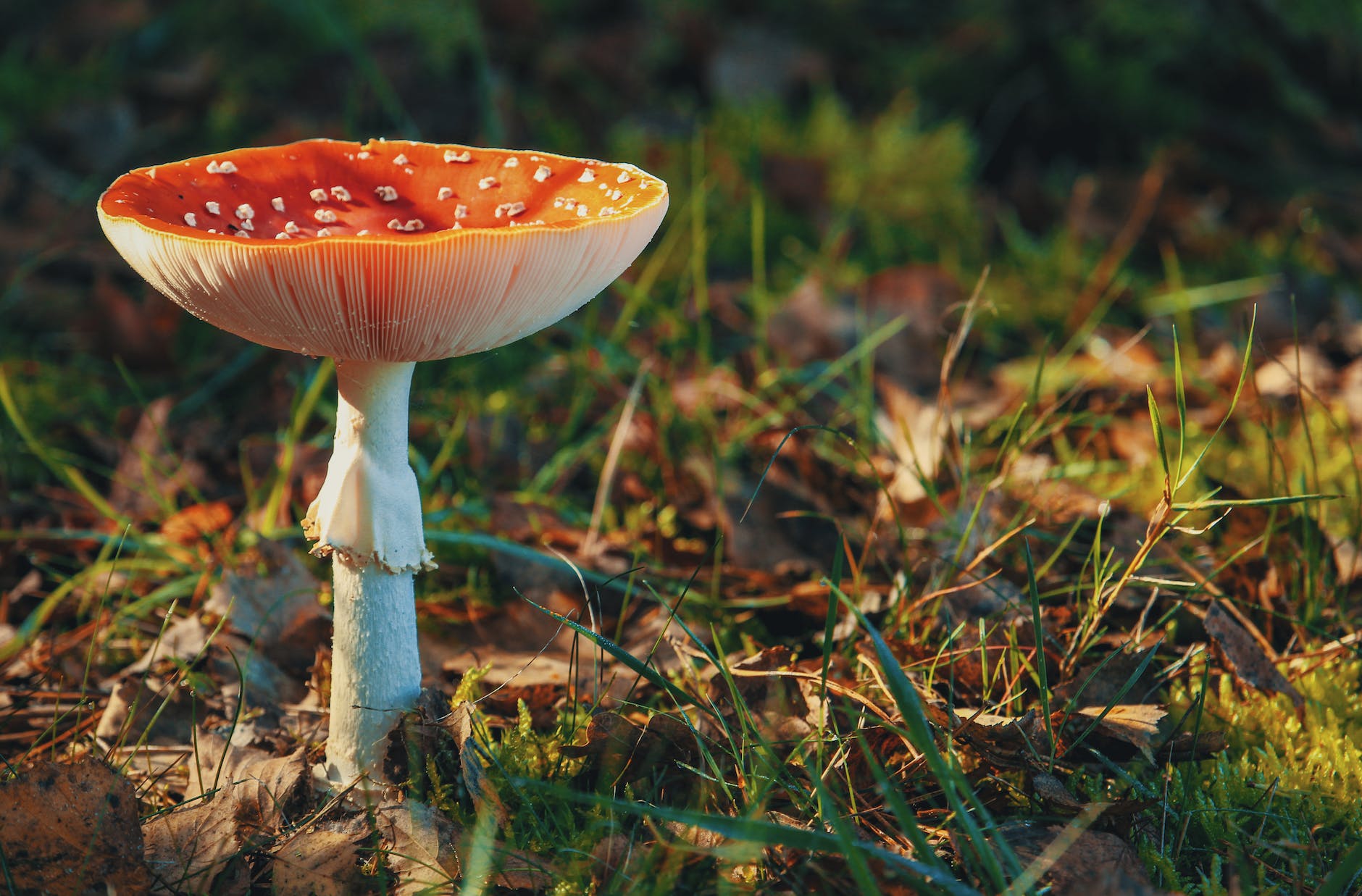Researchers have found that there are differences in the fungi found on ambrosia beetles reared in captivity compared to those found in the wild. These findings suggest that it may be possible to artificially rear ambrosia beetles and use them to prevent the spread of wilt disease in trees. The study, published in the journal PLoS ONE, was conducted by a team of researchers from the University of California, Berkeley, and the USDA Forest Service.
The study found that the most common type of fungus in reared ambrosia beetles was Beauveria bassiana, while the most common type of fungus in wild ambrosia beetles was Fusarium solani. The study suggests that artificial rearing of ambrosia beetles may be a potential method to prevent wilt disease in trees.
There are several species of ambrosia beetles that can vector the pathogen that causes Verticillium wilt, a serious disease of trees. Reared ambrosia beetles usually only carry the fungus in their mycangia, while wild-caught ambrosia beetles can also vector the disease. In order to prevent Verticillium wilt from spreading, it is important to find an artificial method to prevent the fungus from being carried by the ambrosia beetles.
One method that has been suggested is to treat the area around trees with a biocide. This would kill the fungi that the ambrosia beetles are carrying, and prevent them from infecting trees with Verticillium wilt. Another method that has been suggested is to release sterile ambrosia beetles into areas where there are tree diseases. These sterile insects would mate with wild females, but would not be able to produce offspring, thereby reducing the population of vectors.
further research is needed to determine which of these methods would be most effective in preventing Verticillium wilt from spreading.
There are both pros and cons to the artificial method of rearing ambrosia beetles. On the one hand, this method allows for a greater degree of control over the population of beetles, as well as the environment in which they are reared. This can help to prevent the spread of disease and ensure that the beetles are better able to thrive. On the other hand, the artificial method is more labor-intensive and expensive than letting ambrosia beetles populate trees naturally.
The findings of this study suggest that there may be a way to artificially prevent wilt disease in trees by using the different types of fungus found in reared and wild ambrosia beetles. This information could be used to develop a treatment or prevention method for wilt disease that does not involve the use of chemicals or other artificial means. Further research is needed to confirm these findings and to explore the potential applications of this information.
- India’s Cricket Fervor Hits Fever Pitch as World Cup Final Nears
- India Takes on Australia in the 2023 ICC Men’s Cricket World Cup Final
- Pharma Jobs: AIIMS Raipur Announces Direct Recruitment for 31 Pharmacist and Dispensing Attendant Positions; Applications Open till July 31, 2023
- Got Utkarsh Small Finance Bank IPO? Find Out NOW! Simple Steps to Check Your Allotment Status!
- Voltas and Zee Entertainment Lead as Volume Toppers in Stock Market; See High Trading Activity







